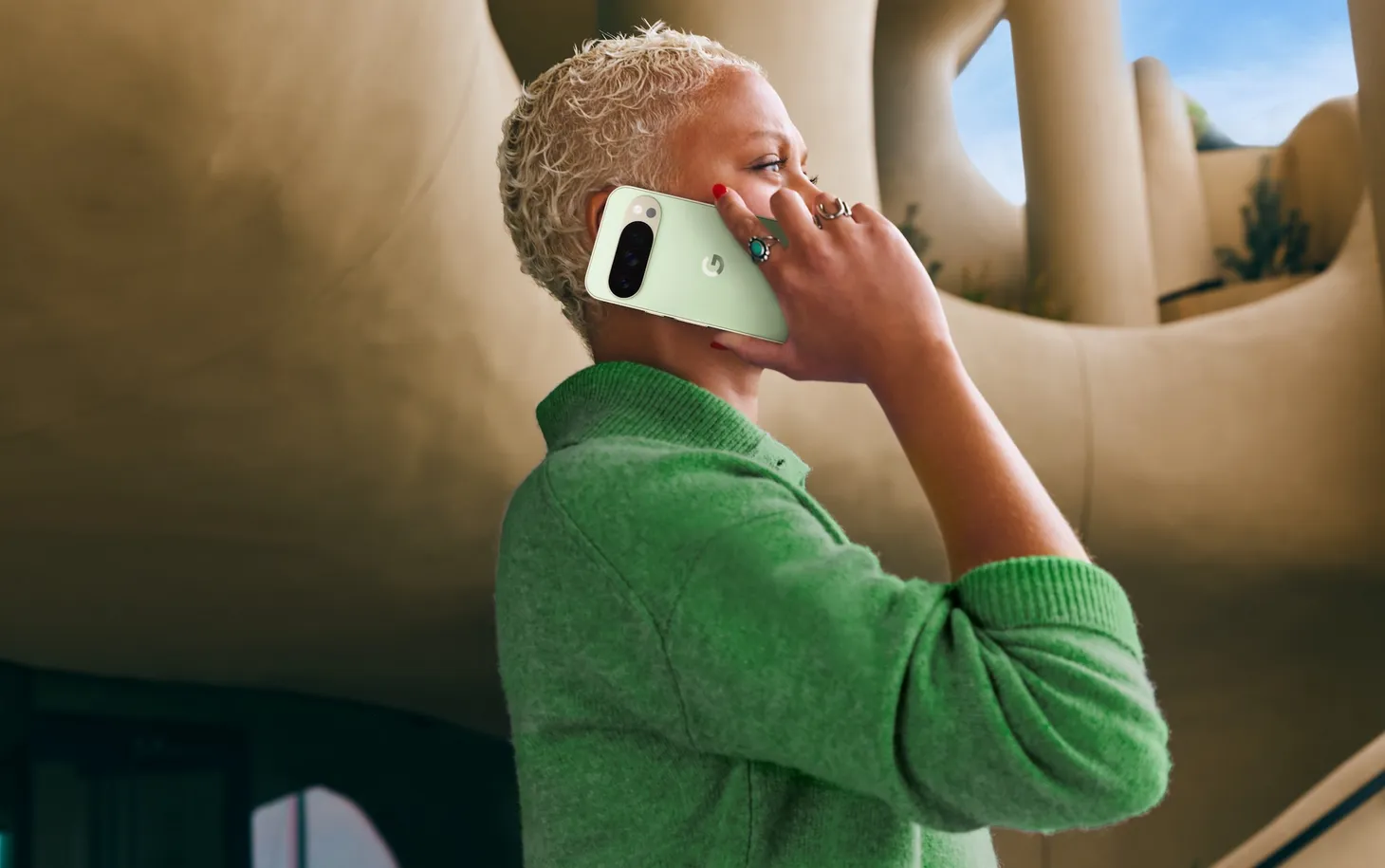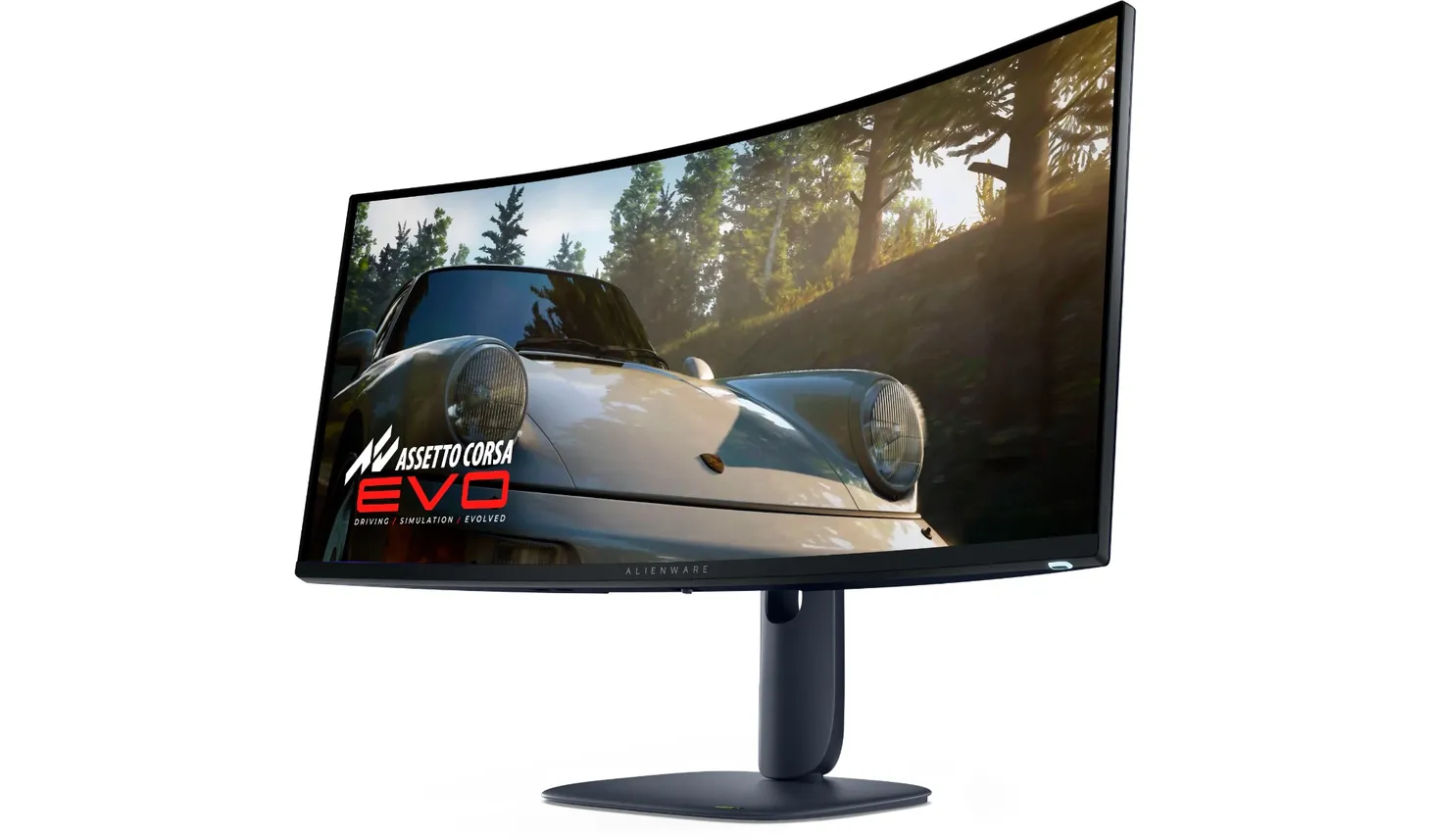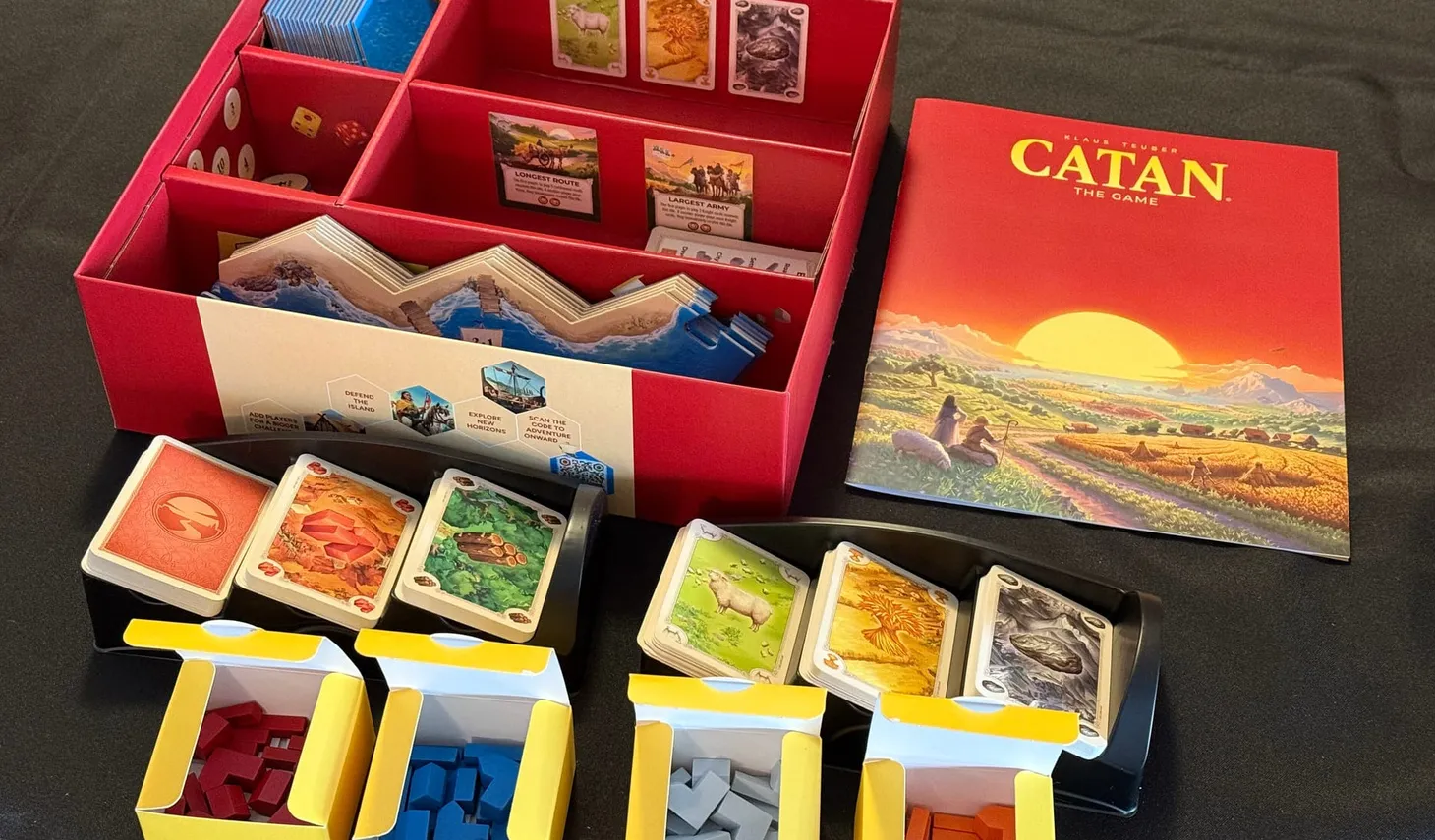Fujifilm X-E5 review: delicious classic shooting with the digital touches you need
If the pricetag doesn't make you choke, the tactile and customisable experience will make you glad you brought a real camera with you.
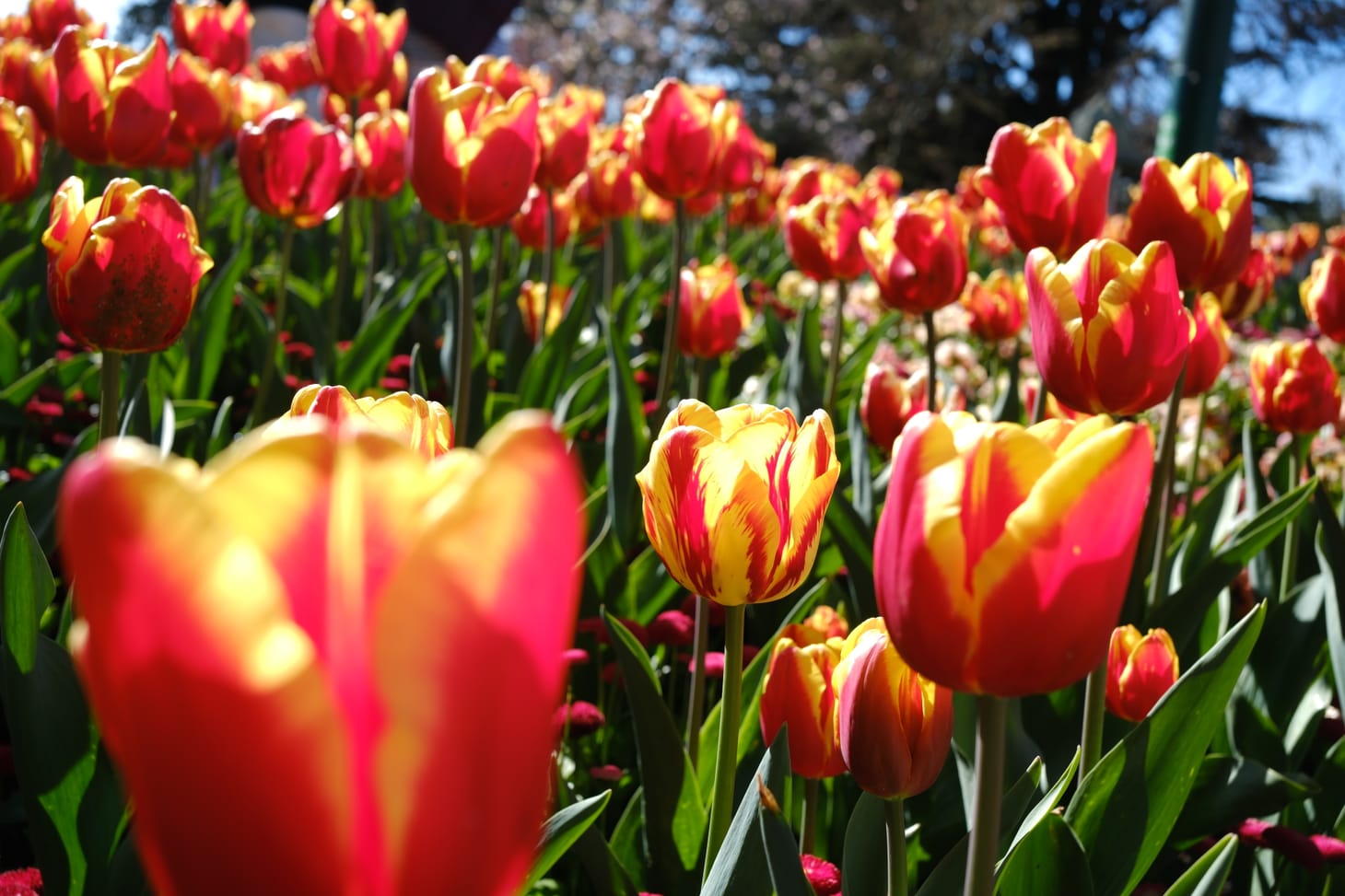
Amongst the many responses to the 'touch grass' movement, the desire to spend less time online and on our phones is drawing many to get back onto traditional style cameras. Enjoying the act of taking the photograph instead of taking the snap with the express purpose to share it online immediately can change the shape of how you think about shooting.
While the camera companies have had a rough run through the past decade of phone photography dominance, their technology has progressed in interesting ways. Larger sensors make digital cameras more powerful than ever and the features have expanded to embrace the possibilities of digital without getting in the way of image capture.
But most pleasingly, some brands have embraced a deeply traditional aesthetic and feel to take us back to the roots of a camera just being a camera. With the digital splash behind the scenes adding value where we really need it.
The Fujifilm X-E5, released in mid 2025, is a gorgeous example of this approach to offering a classic compact 'rangefinder' style experience with carefully chosen digital features under the hood and plenty of flexibility to suit any user's preferences.
The camera has a wonderful feeling in the hand, with a very nice grippable form and the retro black and aluminium look I know I want in this kind of model. The X-E5 is sold in its base form comes with a XF 23mm F2.8 pancake lens, but it is interchangeable with the Fujifilm X Mount range of lenses – you can find macro, wide angle, telephoto zooms, all the way up to a 500mm long lens. I count 44 lenses currently available in the range.
I tested the kit in its basic form with the prime lens alone.

Fun, focused photography
The camera features a 40.2Mp APS-C sensor and the body is designed with an in-body stabilisation system (IBIS). The image quality is lovely, with great colour and richness. Better eyes than mine might peep their way to flaws, but I was very satisfied by the photographs I was taking with this camera.
What also felt enjoyable was using the traditional eyepiece viewfinder, which is a tiny little internal screen and it worked nicely. I had not used a similar electronic viewfinder in a very long time and a little wider reading suggests this particular hardware is long in the tooth by today's standards, so it seems it could be more than it is if Fujifilm made the choice to upgrade it. But from my perspective this was still very nice to use and delivered the kind of myopic visual focus that helps you to really hone your shot.
You can shoot JPEG, HEIF, and RAW, as well as video in Full HD, 4K, DCI4K, and 6.2K formats. There's plenty here to play with for whatever your need.
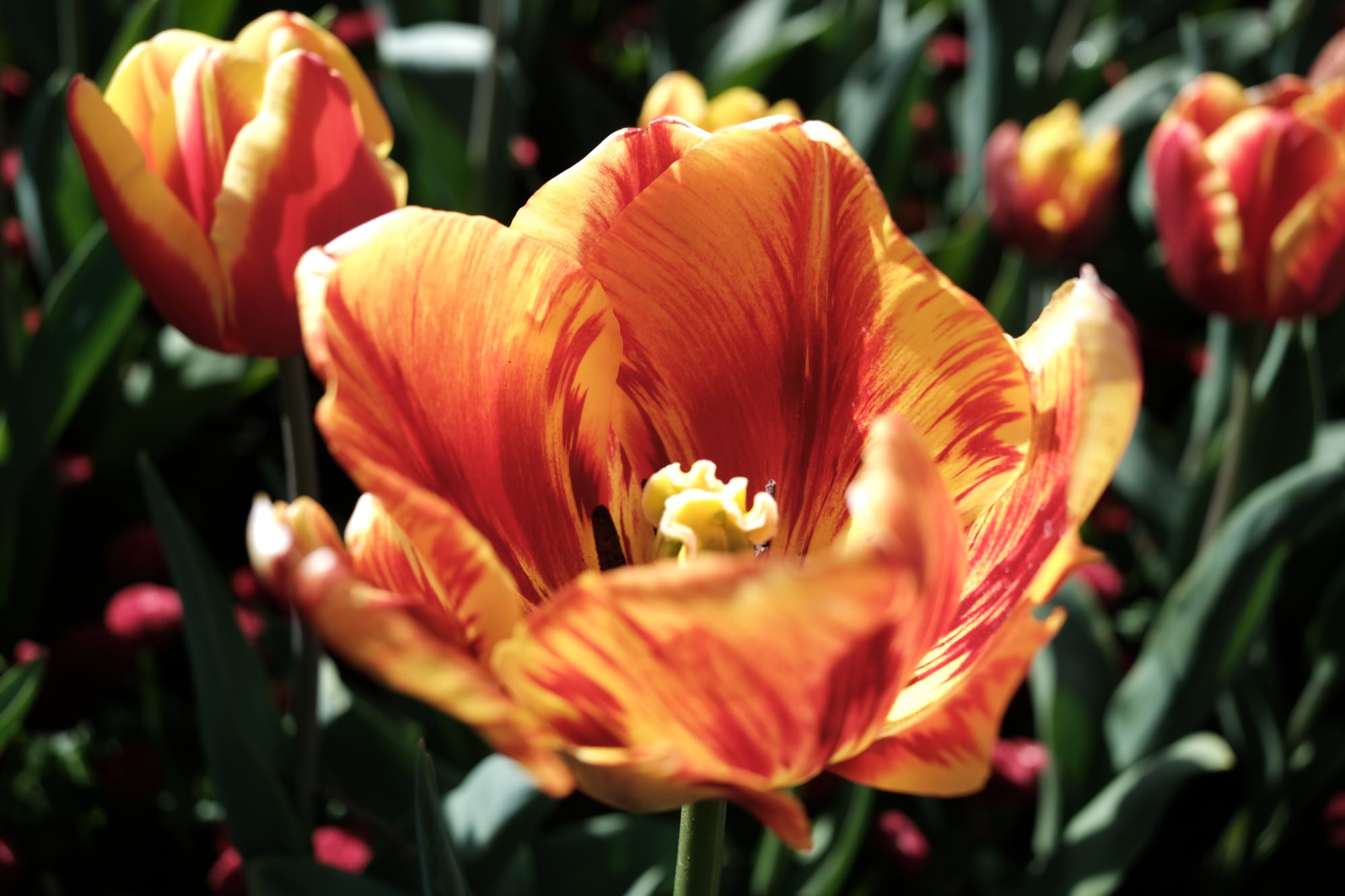
Tactile meets digital
The physical dials also make this a tactile joy to use, with easy control over shutter speed and exposure stops. A third dial also offers access to simulated film styles. It would be uncharitable to call them glorified filters. The integration feels more usable and fun to use than that.
In the tradition of different film stock producing distinct image results, this is a way to bring the joy of exploring these effects in real-time and seeing the quality adjustments while you setup and take your shots. Along with the 20 pre-defined film types you can also tailor a number of custom settings across three additional dial positions. This keeps the focus on the camera on getting your shot while you shoot.
There are also skin smoothing, sharpness, and grain effect options to play with, but these did feel more out of the filter zone where I'd rather avoid messing with the quality of the image I'm trying to capture.
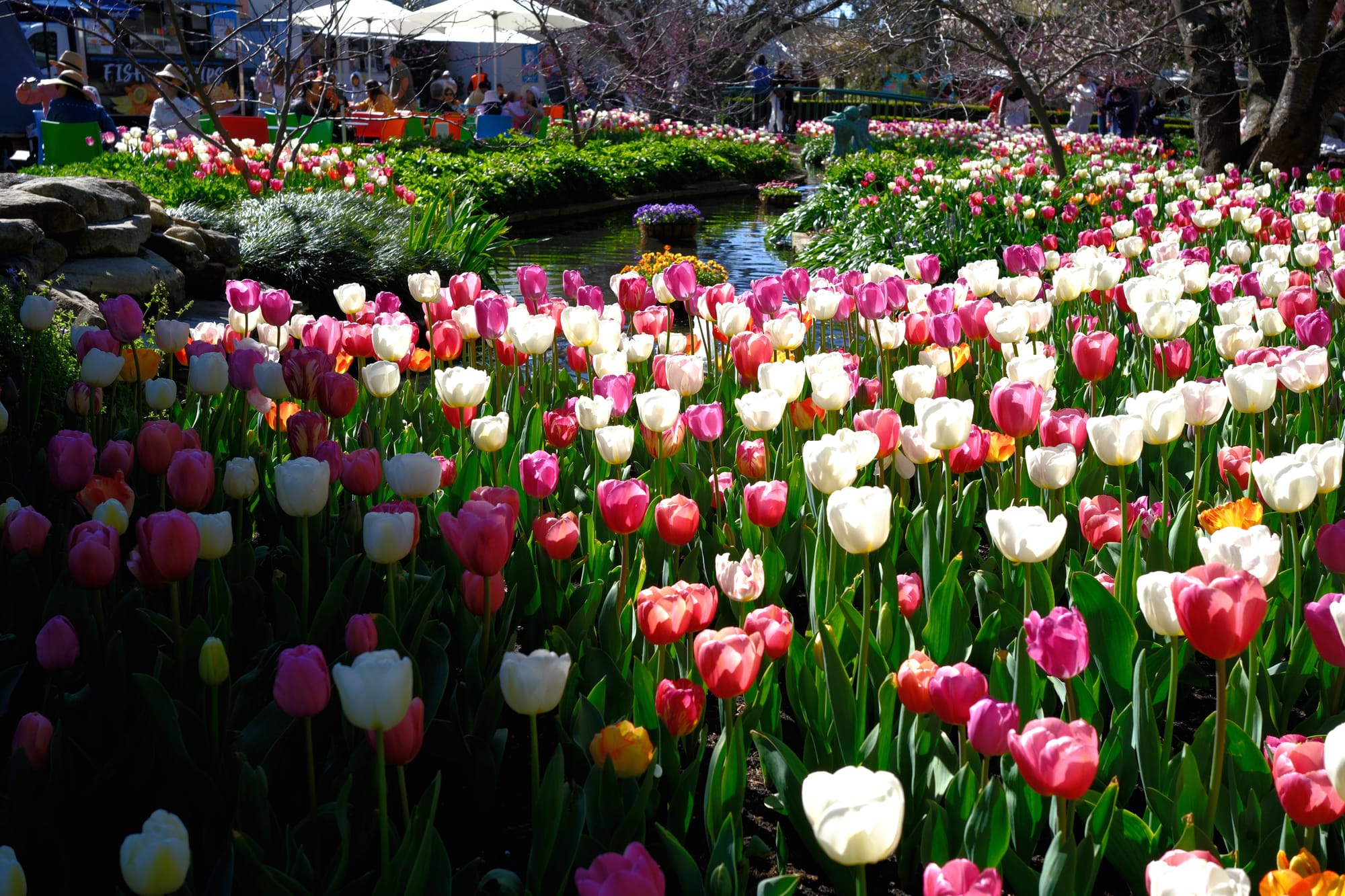
Connected when you want
Of course, you still need to move the pictures to your photo library at some point. The Fujifilm X-E5 offers Bluetooth and Wi-Fi connectivity to help keep the pictures flowing without needing to extract the memory cards to slow things down.
There is a dedicated Fujifilm XApp app, which offers the ability to tell the camera to always drip feed the images to your phone so the images are waiting for you when you switch back to a smartphone. In reality I found this a little fussy to work with, with slow transfer speeds and disconnection common. This could easily have been user error, and when it did work it did mean you just had your images ready before you decided you needed them.
The app also allows for remote control of the camera, which plenty of users who dabble it studio work or just want to set a fixed tripod and not bump the camera will get good value from.
The X-E5 also offers a frame.io Camera to Cloud integration, offering direct connection to the service over Wi-Fi.
One issue I encountered was images not having embedded location data when the camera was not connected to the phone. Some cameras can do this as a built-in feature. But the X-E5 did not. Fair enough that some cameras choose to lean into the live connection to a smartphone to deliver extra data points, but when you factor in the price I would have hoped this would be an inclusion. Speaking of...
Price is no object
"If you have to ask..."
I loved this camera in the hand and my photography loving wife even more so. But the sticker price of $2,699 is quite the shock. You can find it commonly listed for $2,499 at retailers, but even then. Wow.
It's a great experience and it really makes me want to shoot more photos in this active, careful mode than I have in a long time. If this is your go to hobby, it's well worth checking out in store and getting a feel for it yourself. If you can find reasons to have a great dedicated camera for professional purposes that fall short of needing to have a more serious DSLR in hand, take a look too.
There are cheaper DSLRs, but part of the price here is getting so much camera in such a well designed small body. With the rangefinder body and the pancake lens it was easy to roam with the camera tucked away while still taking great pleasure when you're ready to shoot.
If you can avoid choking on that price, this will deliver loads of grass touching pleasure for years to come.
Byteside Newsletter
Join the newsletter to receive the latest updates in your inbox.

